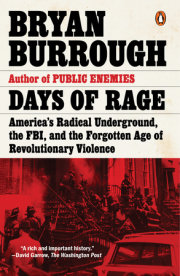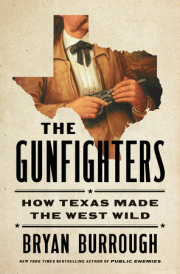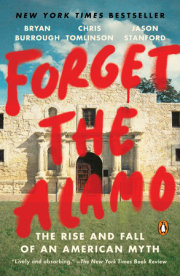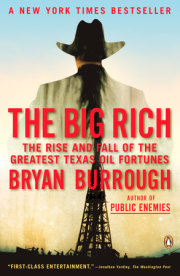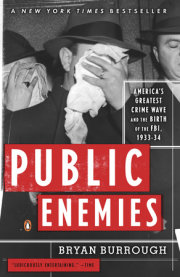01
“THE REVOLUTION AIN’T TOMORROW. IT’S NOW. YOU DIG?”
Sam Melville and the Birth of the American Underground
NEW YORK CITY | AUGUST 1969
On a drizzly Friday afternoon they drove north out of the city in a battered station wagon, six more shaggy radicals, a baby, and two dogs, heading toward a moment unlike any they had seen. Jimi. Janis. The Who. The Dead. They were like hundreds of thousands of young Americans that season, one part aimless, druggy, and hedonistic, two parts angry, idealistic, and determined to right all the wrongs they saw in 1969 America: racism, repression, police brutality, the war.
Traffic on the New York State Thruway was slow, but a pipeful of hashish and a few beers left everyone feeling fine. Ten miles from their destination, the car sagged into a traffic jam. One couple got out to walk. The girl, who was twenty-two that day, was Jane Alpert, a petite, bookish honors graduate of Swarthmore College with brunette bangs. She wrote for the Rat Subterranean News, the kind of East Village radical newspaper that published recipes for Molotov cocktails. Later, friends would describe her as “sweet” and “gentle.” As she stepped from the car Alpert lifted a copy of Rat to ward off the raindrops.
Beside her trudged her thirty-five-year-old lover, Sam Melville, a rangy, broad-chested activist who wore his thinning hair dangling around his shoulders. Melville was a troubled soul, a brooder with a dash of charisma, a man determined to make his mark. Only Jane and a handful of their friends knew how he intended to do it. Only they knew about the dynamite in the refrigerator.
Slogging through the rain, they didn’t reach the Woodstock festival until almost midnight. Ducking into a large tent, Jane curled up beside a stranger’s air mattress and managed an hour of sleep. She found Melville the next morning wandering through the movement booths, manned by Yippies and Crazies and Black Panthers and many more. After a long day listening to music, she glimpsed him deep in conversation with one of the Crazies, a thirty-something character named George Demmerle, who could usually be found at New York demonstrations in a crash helmet and purple cape. “That George,” Melville said as they left. “He really is crazy. I offered to spell him at the booth, but he said only bona fide Crazies ought to work the official booth.”
“That’s because he’s old,” Jane said. “He wants to be a twenty-year-old freak.” When Melville dropped his head, Jane realized she had offended him. He and Demmerle were almost the same age.
The echoes of Jimi Hendrix’s last solo could still be heard at Woodstock on Monday morning when Jane left the East Village apartment she shared with Melville and walked to work. They had been squabbling all summer and had decided to see other people. That night, though, she canceled a date and returned to the apartment to find him glumly sitting on the bed. “I thought you had a date,” he said.
“I changed my mind.”
“Why?”
“Because I’d rather be with you.”
. All rights reserved. No part of this excerpt may be reproduced or reprinted without permission in writing from the publisher.




